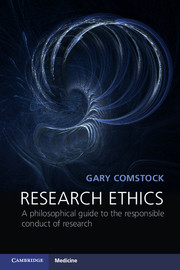Book contents
6 - Write cooperatively
Published online by Cambridge University Press: 05 February 2013
Summary
Co-authors are colleagues with whom we implicitly contract to publish articles. Few activities are as important as publishing to launch a young researcher’s career. For good or ill the old saw, “publish or perish,” remains as true today as it ever was. To keep yourself moving forward professionally your name must appear regularly in the author line of journal articles. In some disciplines (philosophy, literary criticism) single-authored publications are the norm. However, in many fields today research is collaborative, a fact that gives rise to thorny questions about who is entitled to be an author. When has a junior member of a team done enough work to qualify? May the lead author exclude someone who has made significant intellectual contributions but not done any of the writing? Do authors differ from contributors? Whose names should be placed in the acknowledgments? In what order should names appear in the byline? How often may I publish my own work; may I publish the same paper simultaneously in a conference proceedings and in a refereed journal? And, who should make such decisions? The background essay answers these questions and provides a foundation for the issues raised in the case study.
Background essay: “Responsible authorship,” by James R. Wilson, Lonnie Balaban and Gary Comstock
As researchers, we must communicate our results with others. We are expected to write up our findings and share them, both in informal lab meetings and departmental seminars, and in more formal settings, such as conference proceedings and refereed journals.
- Type
- Chapter
- Information
- Research EthicsA Philosophical Guide to the Responsible Conduct of Research, pp. 118 - 132Publisher: Cambridge University PressPrint publication year: 2013



